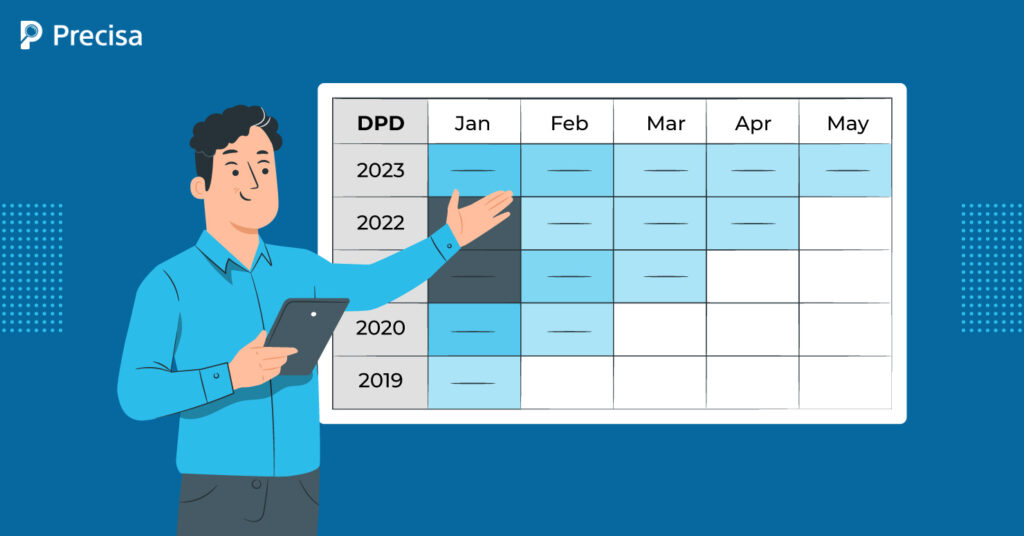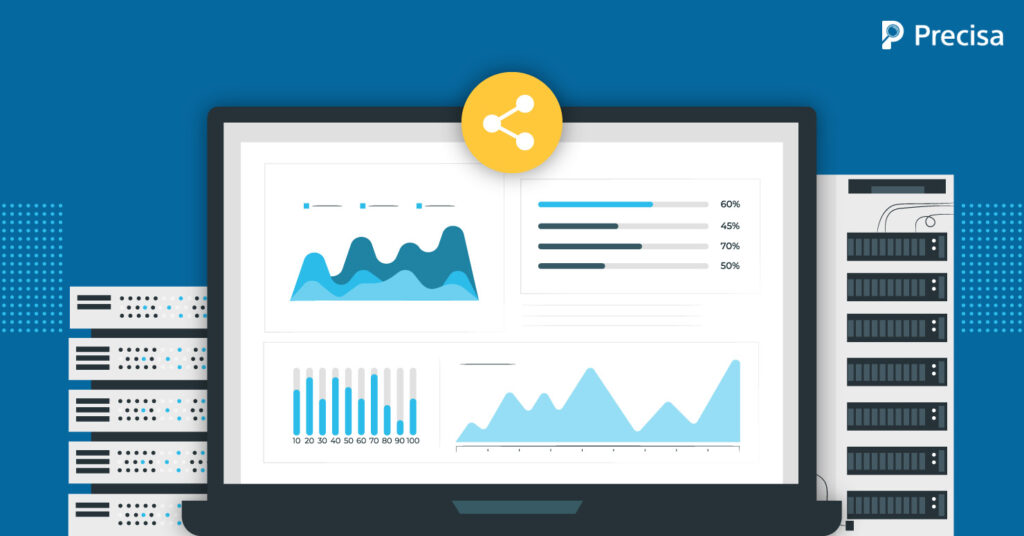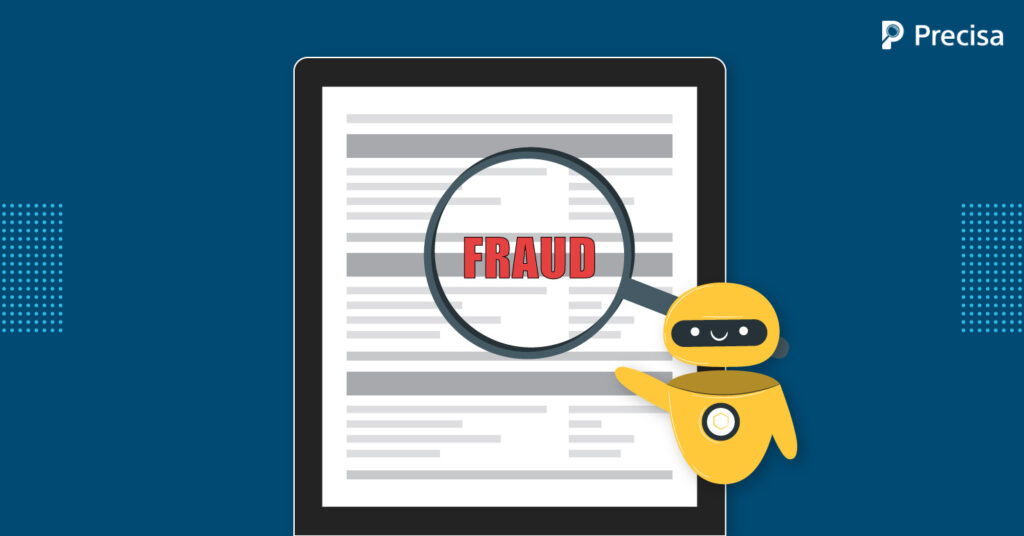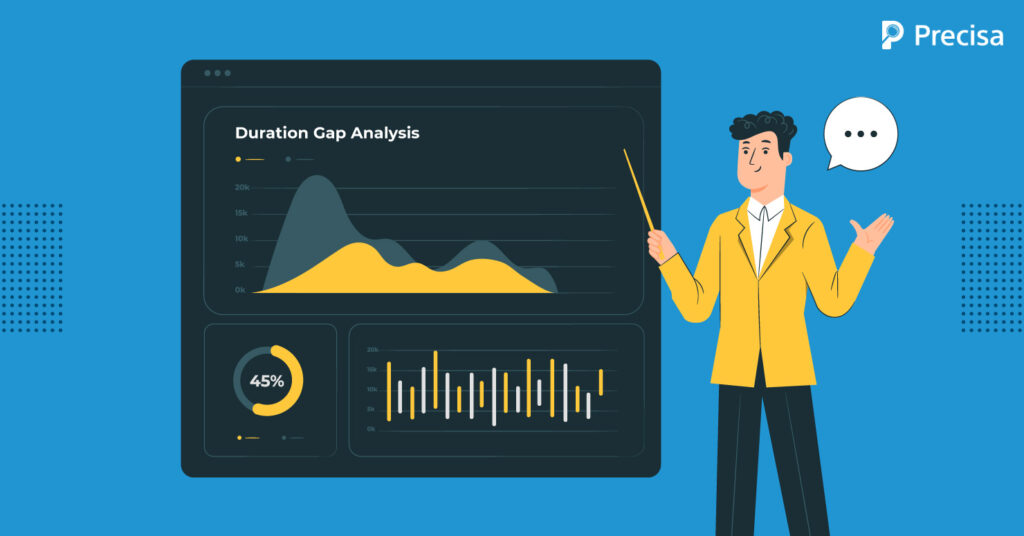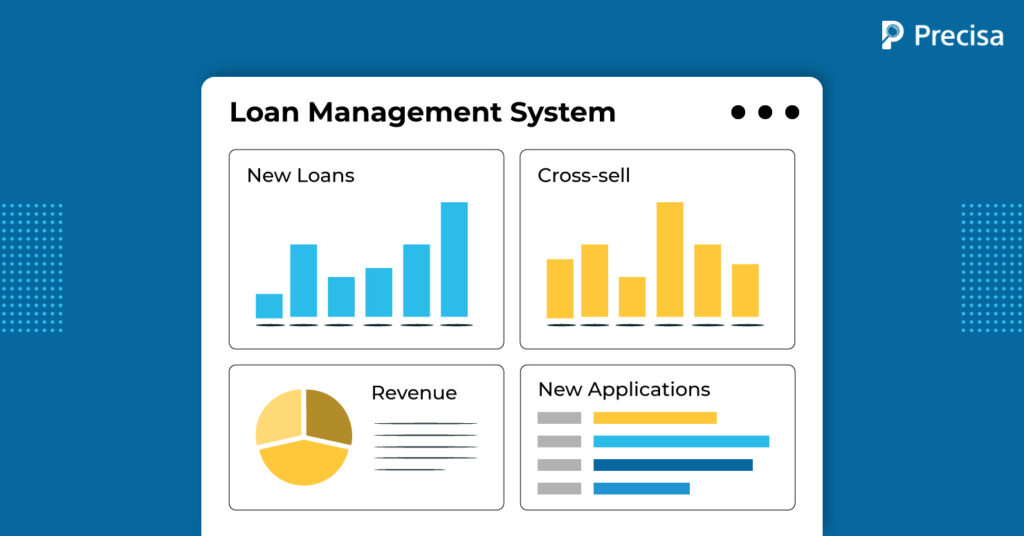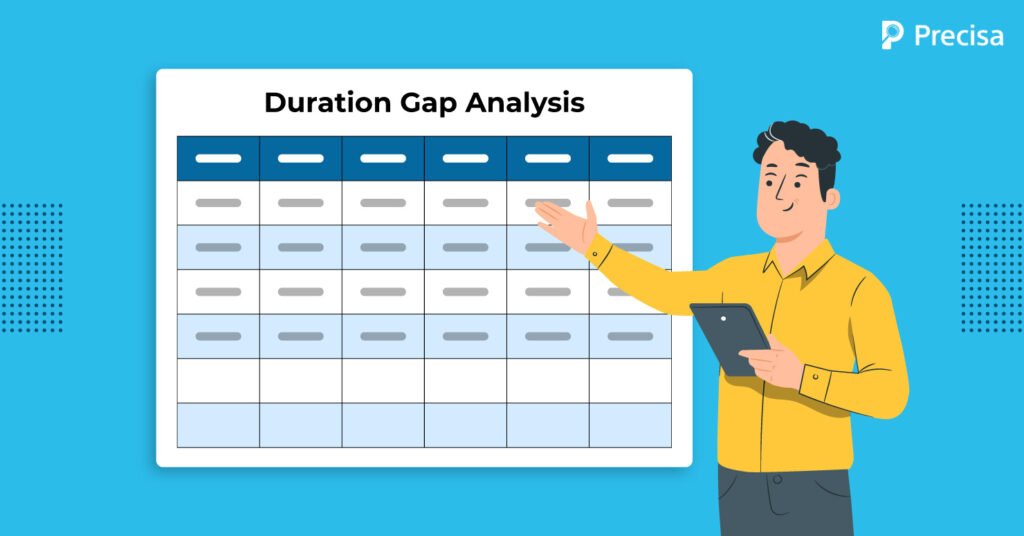The global digital lending market, which stood at $12.6 billion in 2022, is projected to reach $71.8 billion by 2032, growing at a CAGR of 19.4% from 2023 to 2032, as per Allied Market Research. Globally, the COVID-19 pandemic disrupted traditional banking channels due to frequent lockdowns and the need to practise social distancing. This […]
Understanding DPD in Finance: Unveiling Early Risk Signals for Proactive Mitigation
In today’s dynamic financial world, risk management is critical to ensuring the stability and sustainability of financial institutions. One critical part of risk management is the early detection of prospective credit defaults, which can have far-reaching consequences for an institution’s financial health. To accomplish this, financial experts use a variety of instruments and indicators, one […]
Enhancing Credit Appraisal through Collaborative Data Sharing and Open Banking
A recent Mckinsey report indicates that collaborative data sharing in finance has the potential to boost the GDP of economies by 1 to 5 per cent by the end of 2030. In light of this, many nations in the G20 have identified micro, small, and medium enterprises (MSMEs) as a major driver of economic growth, […]
Duration Gap Analysis and Liquidity Risk Management: Best Practices for Financial Institutions
Managing liquidity risk is paramount for financial institutions in the ever-evolving world of finance, where uncertainties and fluctuations in markets are constantly present. Liquidity risk is the loss resulting from the inability to meet short-term payment obligations, significantly impacting a financial institution’s stability and solvency. Financial institutions use different risk management techniques, such as duration […]
How Lenders Can Strengthen Fraud Detection in Loan Applications with Precisa’s Advanced Algorithms
Digital lending is expected to see a 4.75X boom in India. The digital lending market is projected to grow from $270 billion in 2022 to $ 1.3 trillion in 2030. By 2030, digital lending is also projected to make up 60% of the entire Indian fintech market. A key reason for this boom is lenders’ […]
Duration Gap Analysis for Digital Lenders: Understanding & Adapting to Customer Behavior
In fiscal year 2021, the non-performing assets of India’s public sector and private sector banks collectively amounted to INR 6.17 trillion and INR 2 trillion, respectively. The inability to predict risk when offering loans to business or retail customers results in the growth of non-performing assets. In turn, the growth of non-performing assets eats into […]
How Can a Loan Management System Improve the Loan Process Flow?
Loan management is a crucial part of the lending industry, and it involves tracking, servicing, and managing loans from application to closing. The global loan servicing software market is estimated to reach $ 4812.08 million by 2028, with a CAGR of 12.19%. The manual loan management process can be time-consuming, complex, and prone to errors, […]
All You Need to Know About Duration Gap Analysis
In the banking industry, interest rate risk is an integral part of the business. As interest rates rise, the portfolio’s value will decrease, and when interest rates fall, the portfolio’s value will increase. The duration gap analysis measures how sensitive a portfolio’s value is to interest rate changes. A duration gap is a financial and […]
Future of Unsecured Loans: Digital Lending vs Traditional Lending
Today, India has over 2,000 fintech companies, which is expected to grow further in the next decade. The arrival of fintech is rapidly transforming the financial services sector in India. One of the critical areas where fintech companies have garnered traction is the unsecured loan segment, thanks to digital lending. Before the fintech revolution, businesses […]
Decoding Digital Transformation and Fintech Trends for 2023
Technology is developing at an unparalleled rate in the banking and financial sector, completely transforming conventional procedures and products. Fintech is rapidly innovating banking as we know it, from automating routine banking processes using Robotic Process Automation (RPA) to empowering customers by giving them control over their financial data through open banking systems. These changes […]


